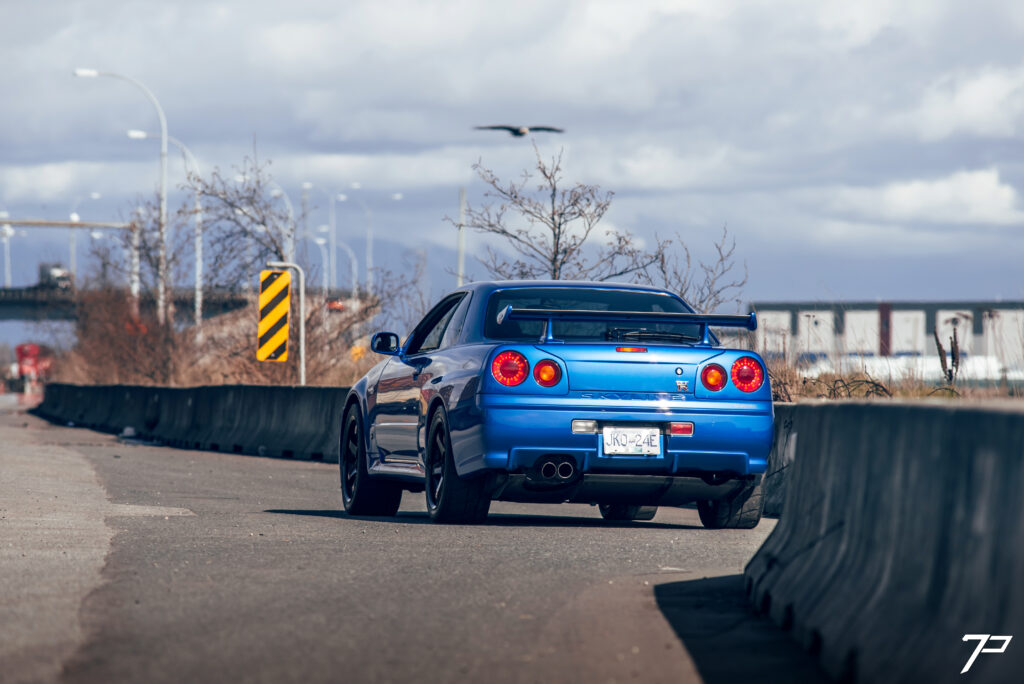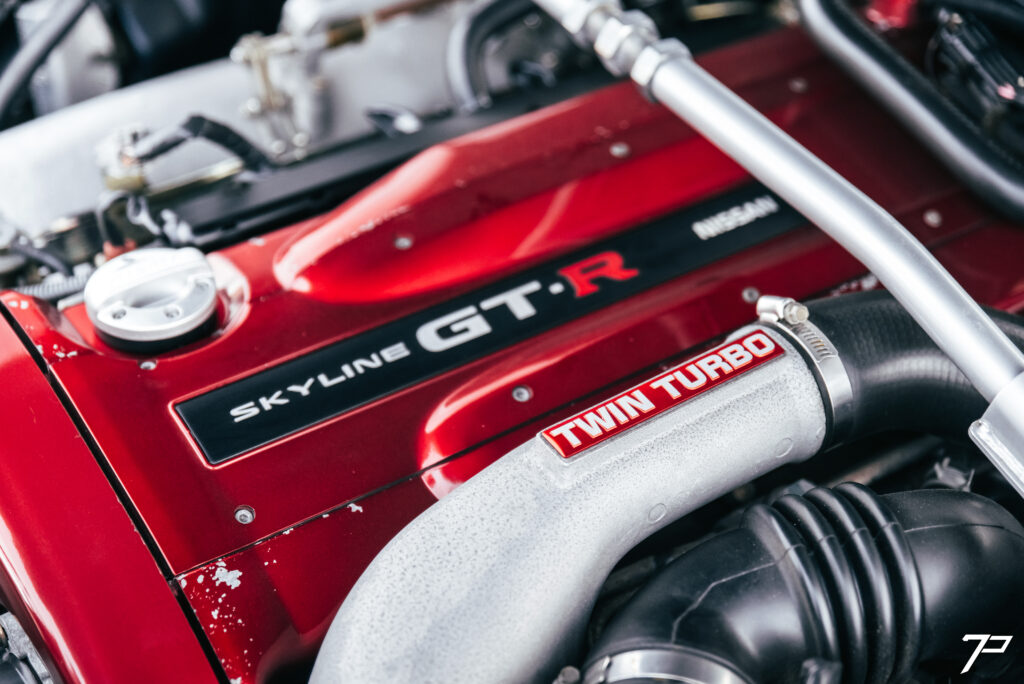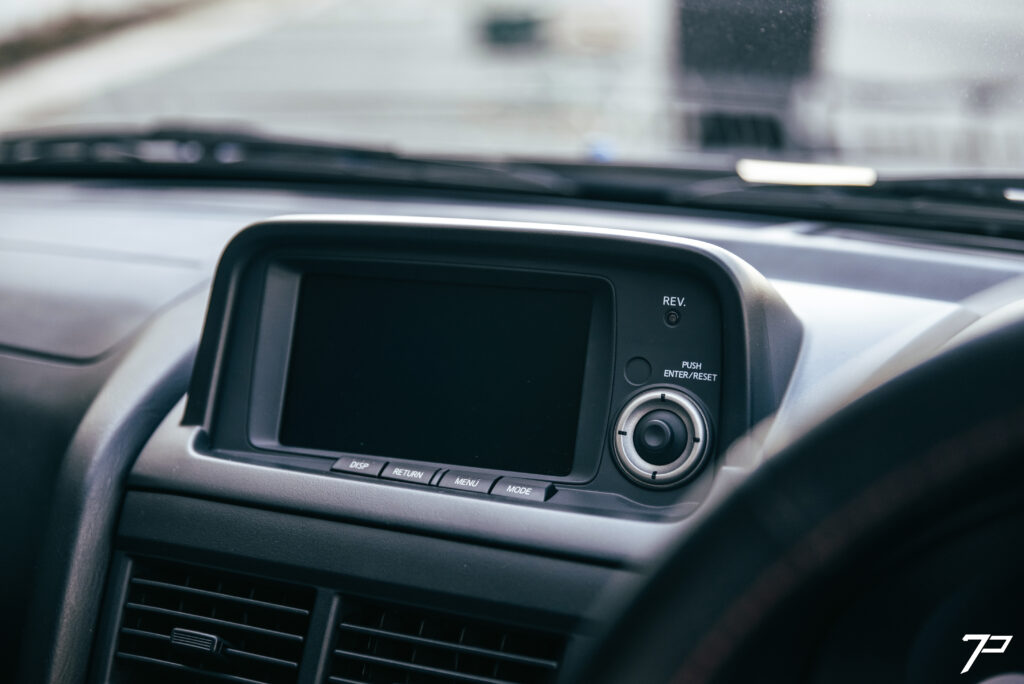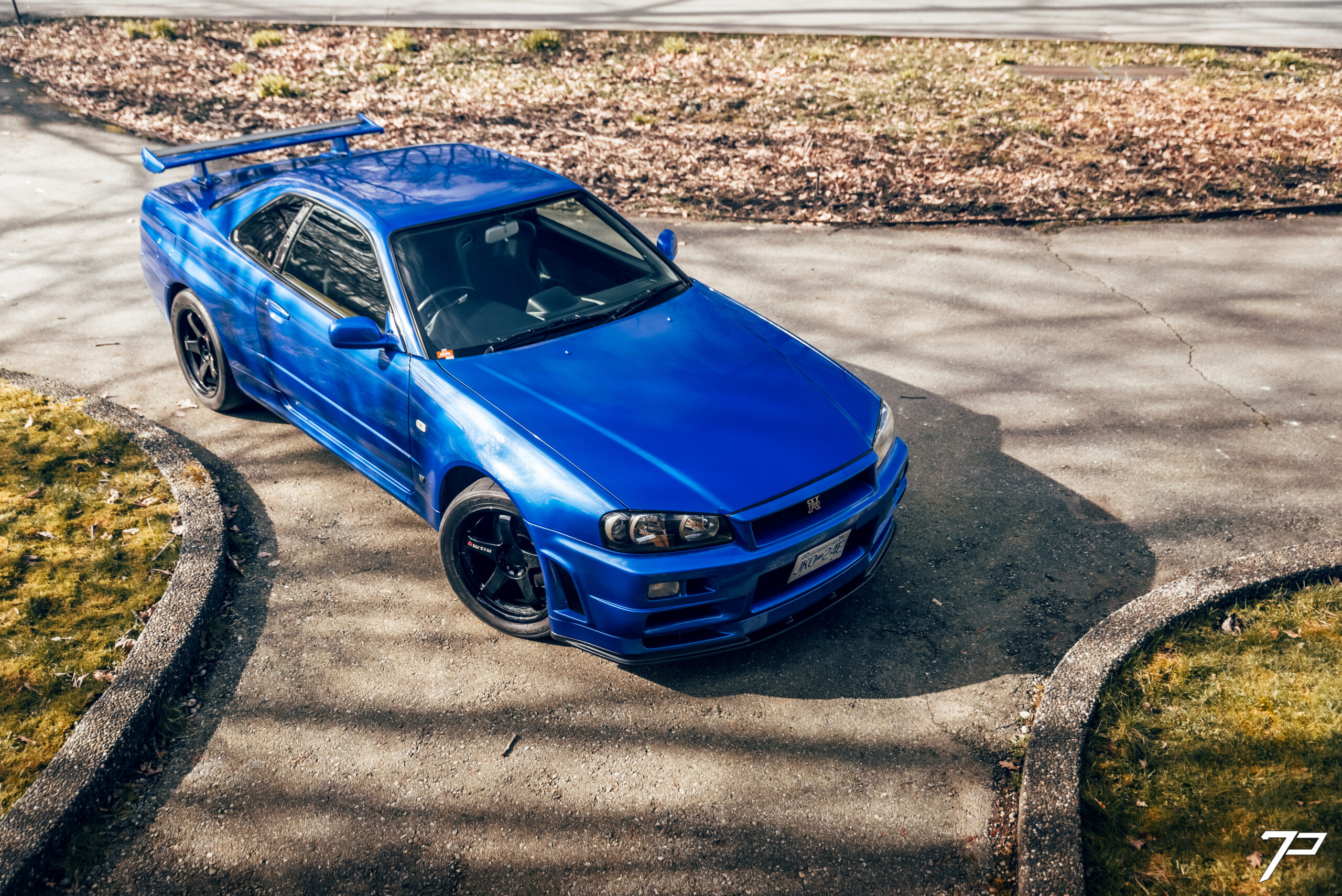Japanese Folklore.
A tale of an all-powerful sports coupe capable of decimating the competition. An entire generation captivated by a Nissan as the hero car racing through the streets of Miami or piloted on famous racing circuits through the controller of their favourite video game console. We know it simply as GT-R. The badge carried weight for Nissan’s Skyline lineup, bringing an onslaught of technological developments and accolades along with it when its renaissance occurred in 1989. A machine referred to as Godzilla by the press for its dominance in every sanctioned motorsports event. A decade of refinements through two generations brings us to this. The R34 V-Spec (Victory Specification).



Chiseled with modern dynamics under the supervision of chief engineer Kozo Watanabe, the GT-R built up the soft wedge of the standard coupe with flared fenders and wider boxed quarters to house aggressive wheels and stickier rubber (in this case, a set of Nismo Omori Factory LMGT4). Dark housing headlamps featuring Xenon illumination helped spirited drivers observe obstacles more clearly. Air management was handled by a bold front bumper assembly (replaced by a Nismo S-tune bumper cover) with a carbon lower splitter and side splitters complimented by a rear diffuser (all exclusive to the V-Spec). A high-mount spoiler affixed to the trunk lid with an adjustable blade was used to further manipulate airflow trailing off the coupe. The cockpit consisted of a set of tighter bucket seats to keep occupants in place while pushing the GT-R to its limits. Besides the primary instrumentation, the center dash was home to a screen known as the Multi-Function Display (MFD for short); having the ability to exhibit boost pressure, oil and water temperatures, intake and exhaust temperatures (exclusive to the V-Spec) to alert the driver.

Beneath the aluminum hood lies a race-bred inline-six. The RB26DETT. Dual overhead camshafts, individual throttle bodies, twin-turbochargers, electronic fuel injection, and a direct ignition system come together under a cherry red valve cover (exclusive to the R34) to produce 276hp (according to the Gentlemen’s Agreement) and 295lb/ft of torque. The R34 gained other exclusives besides its shiny new valve covers such as a pair of T28 turbochargers with ball bearings, a more reliable Hitachi ignition system, and stainless-steel turbo outlets. Victory Specification models received further modifications with revised ECM mapping and exhaust gas temperature probes.


Backing up the singing six is a 6-speed manual, the Getrag 233 (its main case shared with the V160 in the JZA80 Supra Twin-Turbo). Power is distributed through the ATTESA-ETS Pro system (Advanced Total Traction Engineering System for All-Terrain) to all four wheels, more Victory Specification exclusives such as an active rear limited-slip differential and retuned final drive aided in power delivery. With all of this working in unison, the R34 GT-R is capable of delivering supercar levels of performance with 0-100km/h (62mph) arriving in 5.2s, through the quarter mile in 12.3s and onto a top speed of 251km/h (156mph) when unrestricted (cars received a 180km/h limiter when produced coinciding with the aforementioned Gentlemen’s Agreement).



Following the formula of GT-Rs of the past, the R34 uses double wishbone front geometry with multi-link in the rear to ensure the sports coupe can handle as well as any European supercar. The R34 also features Super HICAS (High Capacity Actively Controlled Steering), which uses an electric actuator on the rear subframe for rear-wheel steering. At low velocities, the rear wheels will turn opposite to the front to aid in maneuverability. When traveling at higher speeds, the rear wheels turn in the same direction as the front for a sharper turn in. Braking was handled by Brembo in the form of alloy multi-piston calipers with vented discs for adequate stopping power when speed needed to be shaved off.

The R34 would become the final car to wear the Skyline GT-R nameplate as they would soon separate when migrating to a new platform (Front Midship, and later Premium Midship) with components shared between it (CPV35) and the Fairlady Z33. A GT-R would soon follow (CBA-R35) but badged as a standalone model to create the halo in Nissan’s performance crown and bring supercar levels of performance to the table.


